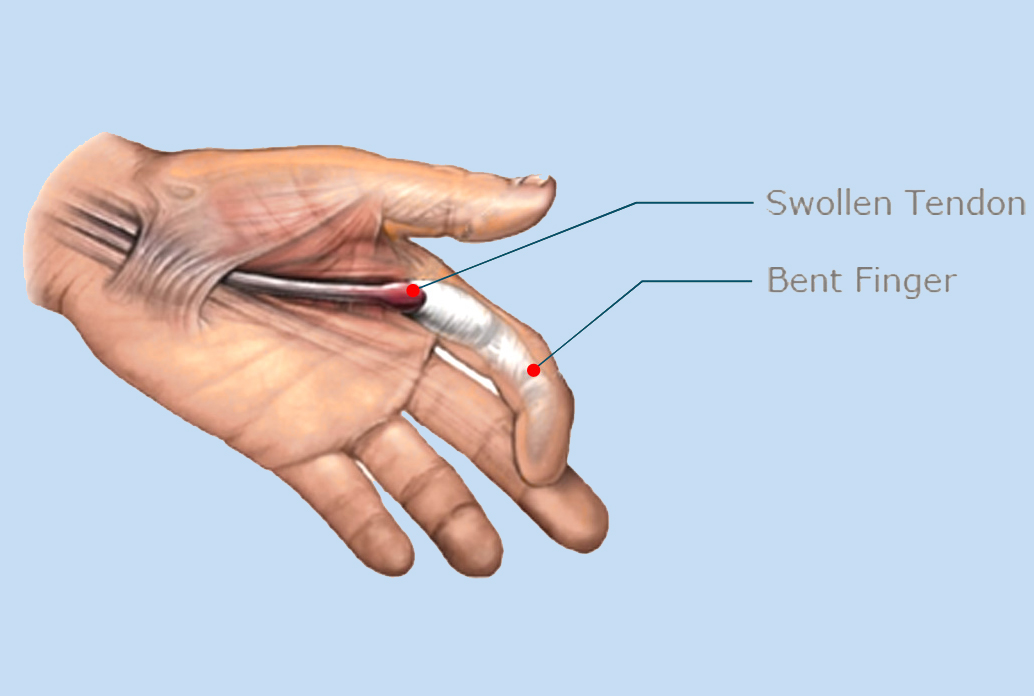Trigger finger treatment varies, depending on the severity of the condition. Some treatments may be more particular than others depending on the diagnosis. In fact, your treatment plan will be made to fit your specific condition.
It is typical for the following to be recommended:
- Anti-Inflammatory Medications: Nonsteroidal anti-inflammatory medications will help control symptoms of pain. Although most importantly they help treat wrist tendonitis to rid of inflammation and swelling of the soft tissues. These treatment medications can decrease inflammation, which causes pain in the wrist.
- Splint: Your doctor may have you wear a splint at night to keep the affected finger in an extended position for up to six weeks. The splint helps rest the tendon.
- Rest: It’s important that you get plenty of rest and you avoid any activities that require repetitive gripping.
- Stretching: Stretching and gentle exercises might be recommended to help maintain mobility in your finger.
- Cortisone Injection: Cortisone is a more powerful anti-inflammatory treatment option that is given by injection directly to the site of inflammation.
Trigger Finger Surgery
If your symptoms are severe or if conservative treatments haven’t helped, your doctor might suggest:
Percutaneous release. After numbing your palm, your doctor inserts a sturdy needle into the tissue around your affected tendon. Moving the needle and your finger helps break apart the constriction that’s blocking the smooth motion of the tendon.
Surgery: Working through a small incision near the base of your affected finger, a surgeon can cut open the constricted section of the tendon sheath. This procedure is usually done in an operating room.


